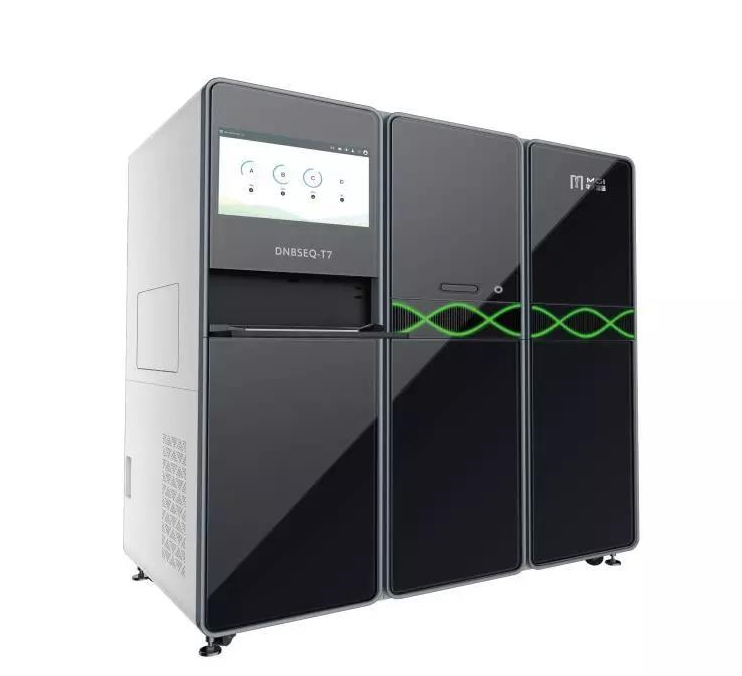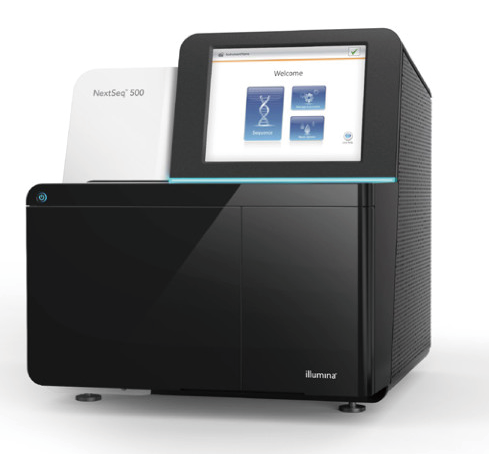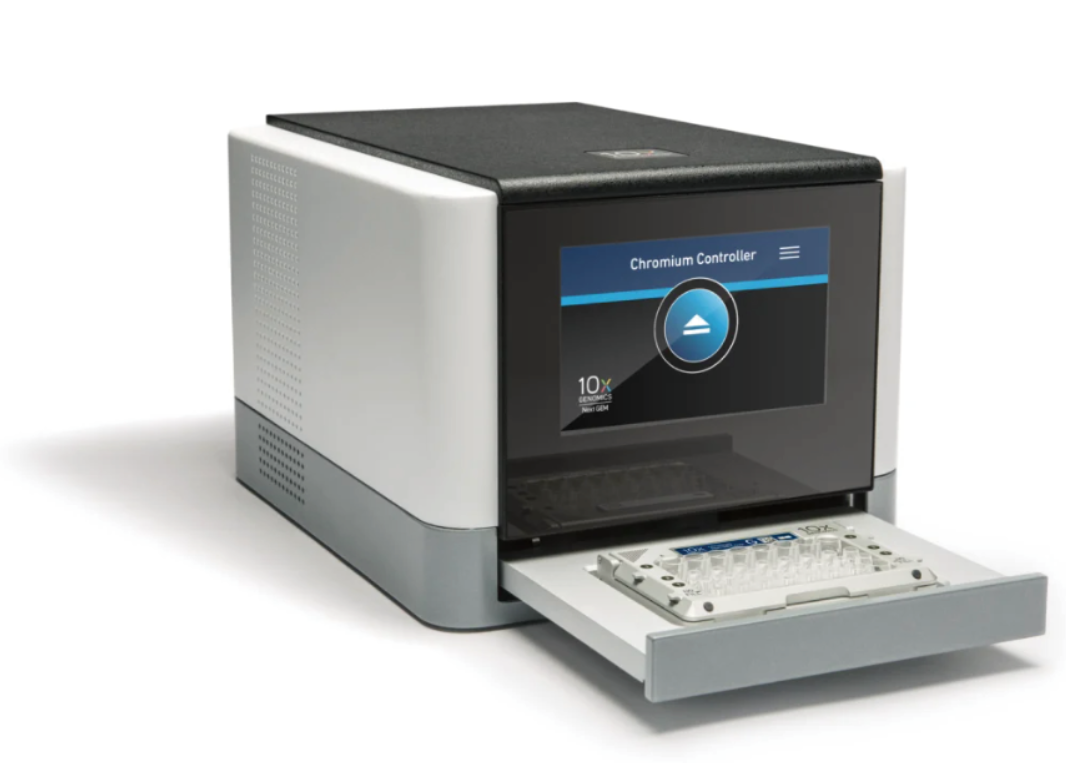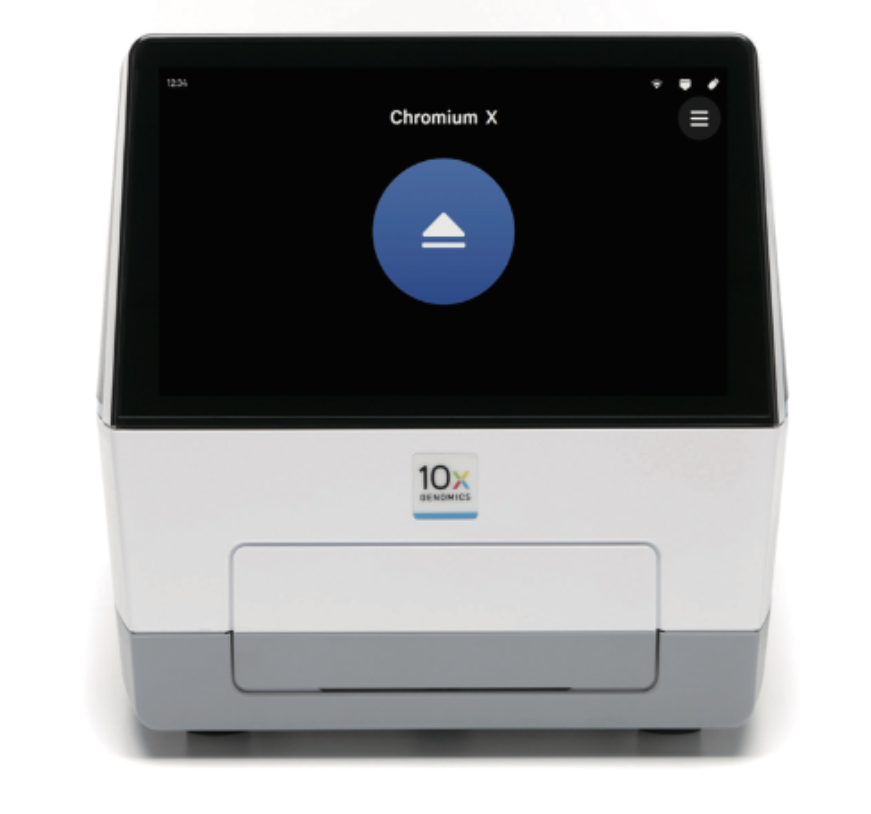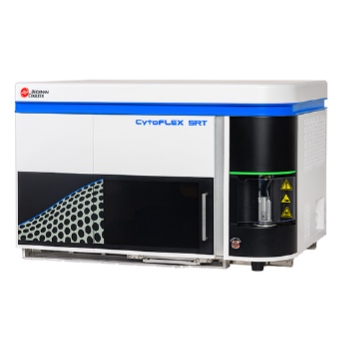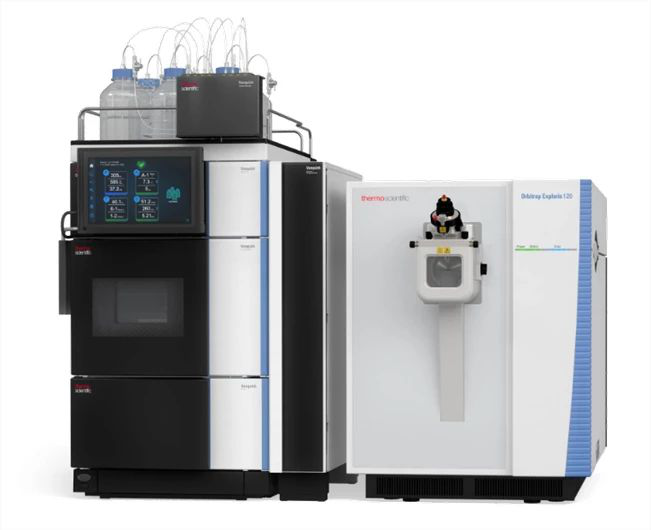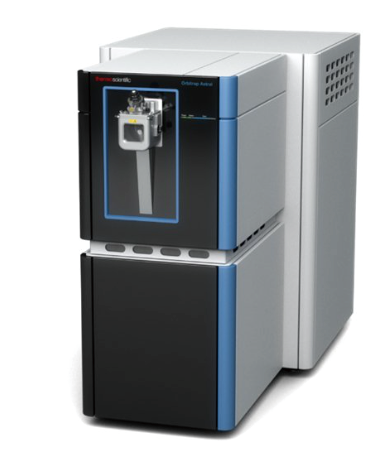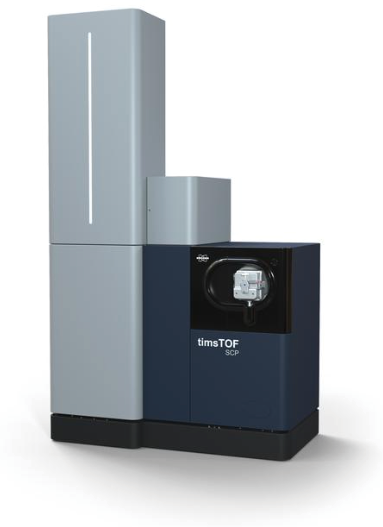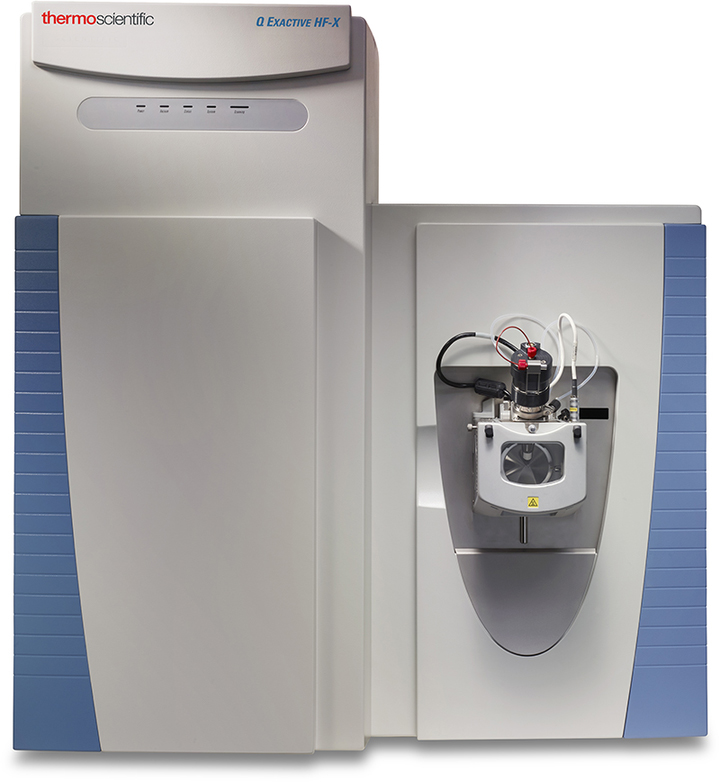Danxia Gu and colleagues1 reported a fatal outbreak of ventilator-associated pneumonia caused by ST11 carbapenem-resistant hypervirulent Klebsiella pneumoniae (ST11 CR-HvKP) strains at the Second Affiliated Hospital of Zhejiang University (Hangzhou, China) in 2016. This signals an alarming evolutionary event—the convergence of plasmid-mediated multidrug resistance and hypervirulence in an epidemic carbapenem-resistant K pneumoniae (CRKP) clone—presenting a considerable challenge for infection control.2 We did a retrospective study to investigate the prevalence of CR-HvKP in China (unpublished). 253 K pneumoniae strains obtained from clinical patients and 102 strains obtained from pigs between 2011 and 2016 were screened for the presence of carbapenemase genes (blaOXA-48-like, blaIMP, blaVIM, blaKPC, and blaNDM) and virulence plasmid genes (rmpA, rmpA2, iucA, and iroN), according to methods described previously.1, 3 Four CRKP strains from human patients were positive for blaKPC-2, rmpA, rmpA2, iucA, and iroN genes. String tests were also positive for the four strains. These four strains belonged to ST11 and were resistant to carbapenems and other antibiotics, and strain KP267 was found to be resistant to tigecycline (appendix). S1-pulsed field gel electrophoresis (PFGE) and southern blot results showed that these four strains carried two different types of plasmid—a virulence plasmid (280 kb or 230 kb) and a blaKPC-2 encoding plasmid (54 kb or 78 kb; appendix). To investigate the mechanism of tigecycline resistance in CR-HvKP strain KP267, the whole genome and plasmids were sequenced. Two complete plasmids (233?479 bp and 57?689 bp) were obtained: the larger plasmid (pVir-CR-HvKP267, accession number MG053312) was highly homologous with the virulence plasmid pLVPK (accession number AY378100; appendix), and the smaller plasmid (pKPC-CR-HvKP267, accession number MG053313) carried blaKPC-2, which was consistent with the S1-PFGE and southern blot data (appendix). In addition to blaKPC-2, pKPC-CR-HvKP267 also carried other antimicrobial resistance genes including tet(A) variant, blaLAP-2, qnrS1, aac(3)-IId, dfrA1, and sulI. To confirm that the antibiotic-resistant phenotype of KP267 was mediated by tet(A) variant, an EcoRI-digested DNA fragment of pKPC-CR-HvKP267 carrying tet(A) variant was cloned to a pBluescript vector, which conferred tigecycline resistance in host strain Escherichia coli DH5α, indicating that tet(A) variant mediates tigecycline resistance in KP267. The presence of the tet(A) variant in CR-HvKP further restricts the treatment options for this notorious pathogen.
TEXT LINK:http://dx.doi.org/10.1016/S1473-3099(17)30628-X




